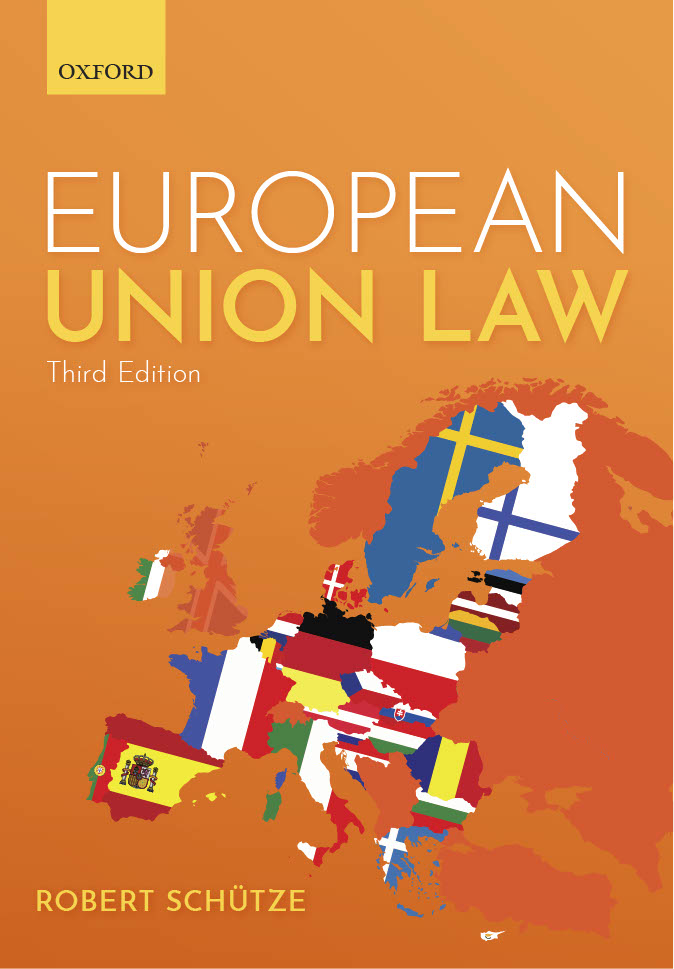What is the European Union? Having started as an international organisation in 1952, should it still be described as such? Or, should it be seen as a State- the-making? In light of the developments discussed in Chapter 1, the Union occupies a place somewhere in between an international organisation of sovereign states and a nation state. This ‘middle ground’ between international and national organisation is however hard to conceive in terms of classic international law. Since the rise of the modern State system in the eighteenth century, we think of political communities exclusively in terms of sovereign States. An entity formed by States is therefore either a new sovereign State – as when England and Scotland formed Great Britain; or it is an international organisation of sovereign States, and the law between these sovereign States – international law – cannot be ‘real’ law because a sovereign State ultimately cannot be legally ‘bound’. All relations between sovereign States must be voluntary and, as such, ‘beyond’ any public legal force.
From the very beginning, this traditional idea of State sovereignty blocked a proper understanding of the nature of the European Union. The latter was said to have been ‘established on the most advanced frontiers of the [international] law of peaceful cooperation’; and its principles of solidarity and integration had even taken it ‘to the boundaries of federalism’. But was the Union inside those boundaries or outside them? And what does federalism here mean? In the absence of a federal theory beyond the State, European thought invented a new word –supranationalism – and proudly announced the European Union to be sui generis. The Union was declared ‘incomparable’; and the belief that Europe was incomparable ushered in the dark ages of European constitutional theory. The sui generis idea is not a theory, because it refuses to search for commonalities.
If the European Union was assuredly not a Federal State, could it be described as a Federation of States? This is the sole question this chapter wishes to address. It presents two – opposing – ‘federal’ perspectives that have been competing with each other over the past 200 years. Section 1 begins by introducing the older US American tradition, which has historically understood a Union of States as a third form of organisation between international and national law. Section 2 moves to the newer German federal tradition. Insisting on the indivisibility of sovereignty, this second tradition has led to the conceptual polarisation described above: a ‘Union of States’ is here either an international organisation – like the United Nations – or a (federally organised) Nation State – like Germany. Sections 3 and 4 apply both – alternative – theories to the European Union. From the perspective of the classic US tradition, the European Union can be seen as a Federation of States, whereas the German tradition reduces it to a (special) international organisation. Which is the better theory here? If legal are meant to explain legal practice, we shall see below that the second theory – insisting on the idea of State sovereignty – runs into serious explanatory difculties and should consequently be discarded. The European Union is thus best understood as a ‘Federation of States’. But let us tread slowly and start with a brief introduction to the constitutional history of the United States.
